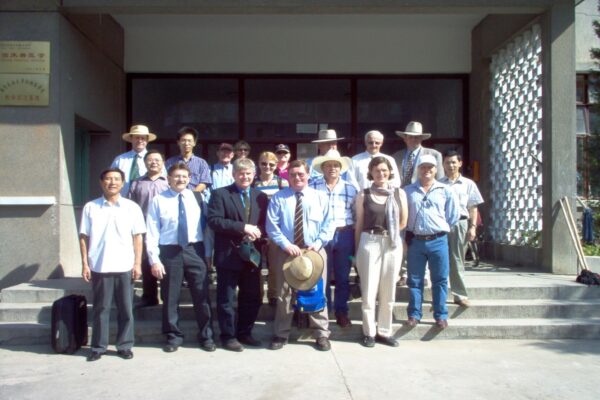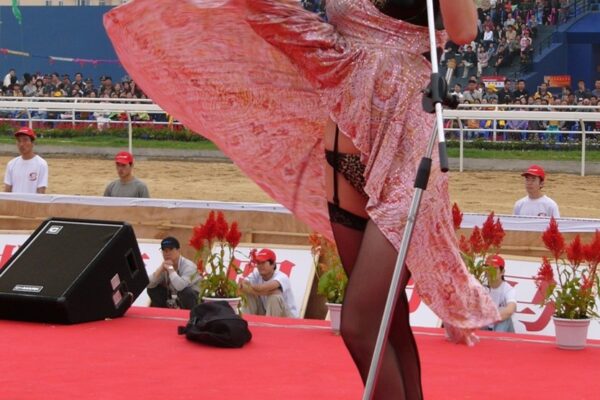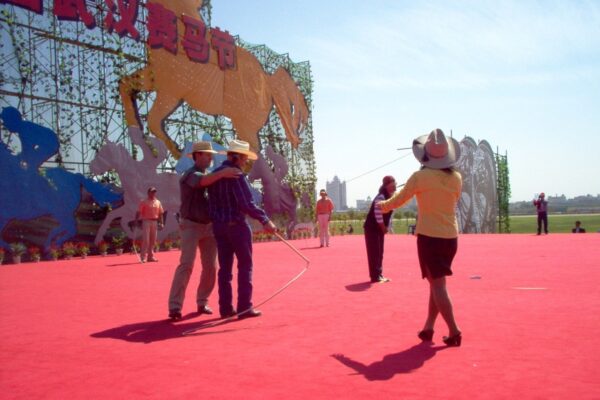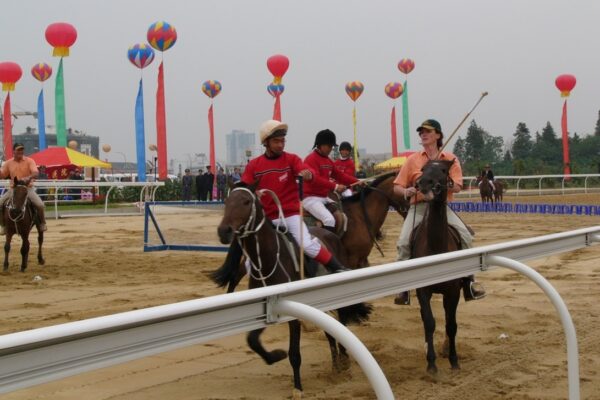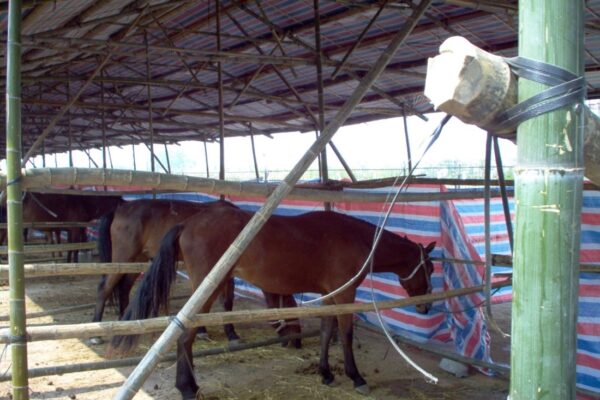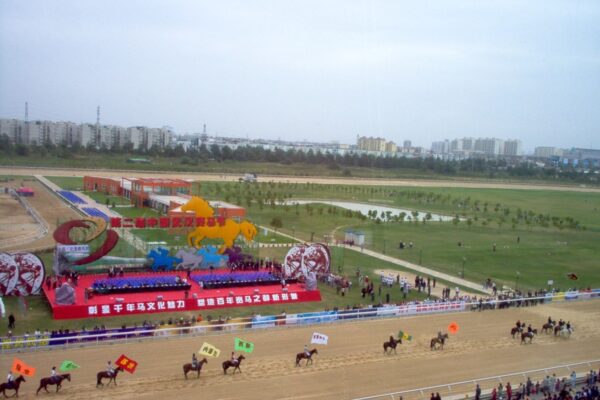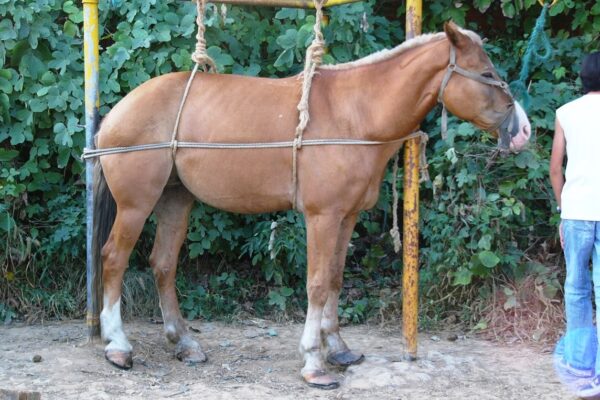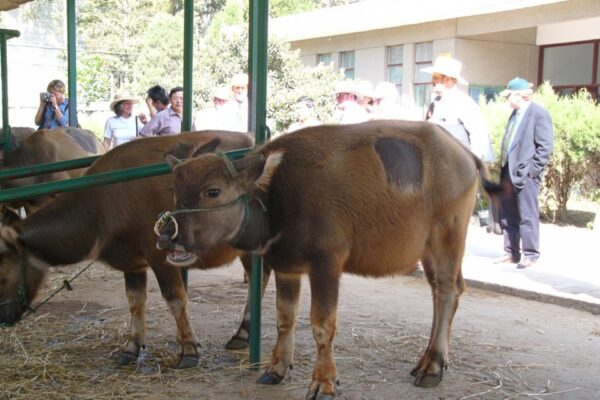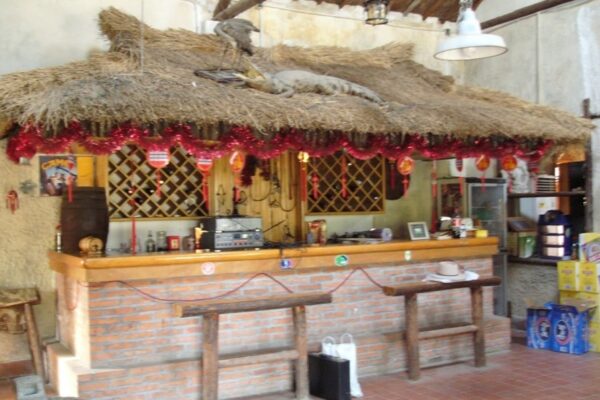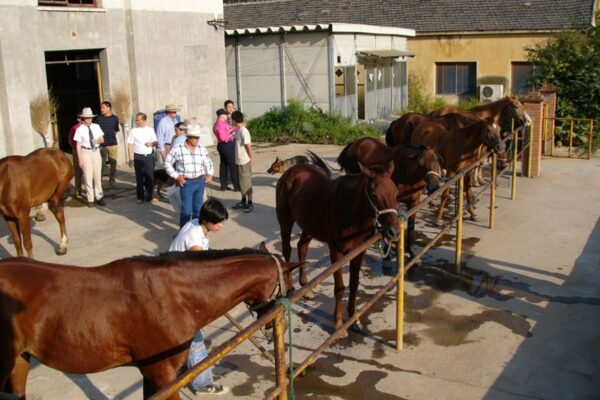
‘Flying Buck’: The winner of the first Australian Champion Sweepstakes, October 1st 1859; c. 1859
De Gruchy and Leigh after Frederick Woodhouse Senior.
Acknowledgements: © State Library of New South Wales; Equinity in the Picture Gallery; Free Exhibition from 8 October 2007 to 13 January 2008.
The first documented members of the genus, Equus to set foot on the continent were nine horses obtained from the Cape of Good Hope and transported to Port Jackson with the First Fleet in January 1788. Seven were government owned (one stallion, three mares and three foals), with two owned by marine officers.
The horse population of the colony increased – slowly at first – through quality imports and local breeding to number 4532 by 1822, significantly less than the number of people of European origin at the time (approximately 26,500). The early horse imports were driven by the enormous passion for horse sports, the suitability and profitability of breeding, and the need for reliable horses to assist with developing the colony. Horses had become so plentiful by 1870 that the Hon John Creed observed: ‘almost everyone in the country had a saddle-horse’.
Pictorial records featuring the horse can be found from as early as 1804 in a depiction of the Castle Hill uprising. Horses featured in almost every aspect of nineteenth century life and appear within narrative artworks depicting scenes of exploration, trade and bush and city life. The demand by owners to have prized horses documented, and to acquire works depicting horse sports, saw professional artists produce a significant number of such works.
DOWNLOAD FULL PUBLICAION LINK BELOW (pdf, 3mb)
